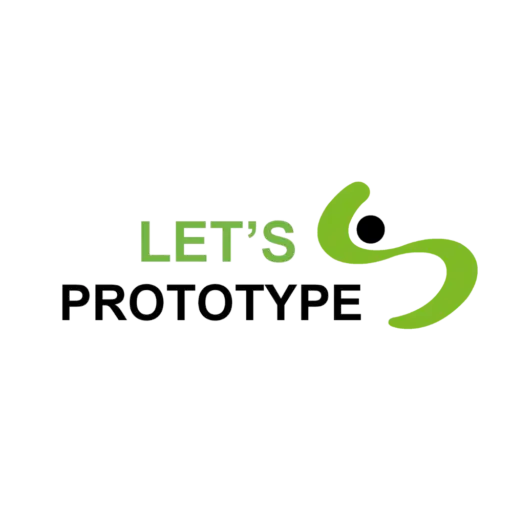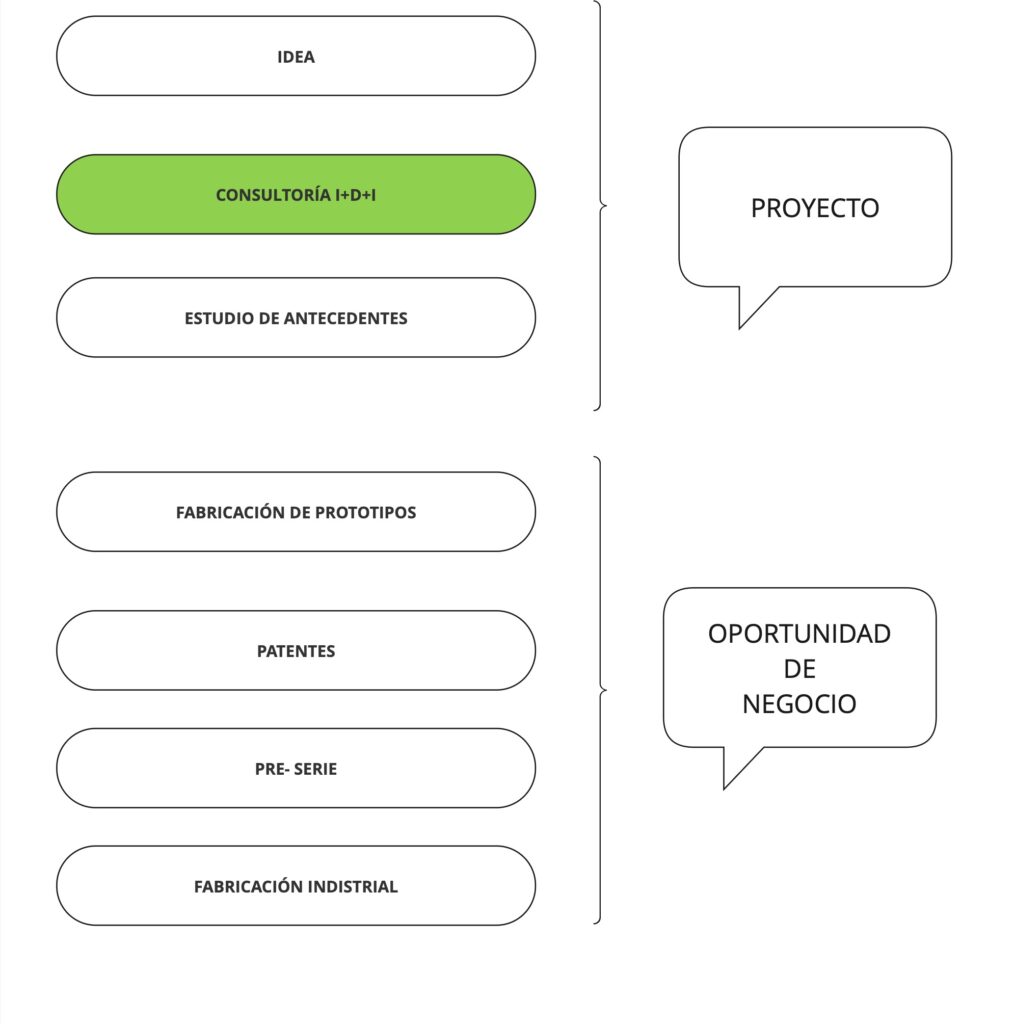The definition of critical hypotheses is the guide for the manufacturing of an MVP. Most minimum viable products fail due to a loss of focus and objectivity.
For example: if we have an idea for an innovative lemon juicer, capable of extracting more juice in less time, we must focus on demonstrating the viability of the concept.
In this case, it doesn't matter if the MVP is ugly, rudimentary, lacking attractive screens or food-grade materials. The minimum viable product only needs to demonstrate that our mechanism is truly innovative and works.
Without losing focus on the hypothesis we want to demonstrate, it is key to quickly sketch the attributes of the minimum viable product.
The construction of the sketch is an iterative process where the inventor's vision is key.
The most common mistake in the approach to the sketch of an MVP is setting technical requirements that do not align with the specific objective we want to demonstrate.
The sketch will define the materials required to manufacture an MVP.
Remember that the MVP has to be inexpensive and must be manufactured quickly. Using the agreed-upon sketch as a reference, it is critical to list the materials you don't have on hand.
For example, at Let’s Prototype, to provide a quick response to the manufacturing of minimum viable products, we have commercial electronic components, motors, protoboards, and other instruments that allow us to demonstrate the basic functions of an innovative idea in record time.
3D printing is a basic resource for the manufacturing of the MVP.
The manufacturing of an MVP cannot exceed 30 days. It is crucial to have rapid versions that allow you to document the results and present it to potential investors.
As long as the objective of the MVP is correctly planned, the necessary parts to demonstrate the function are agreed upon in sketches, and the required supplies and tools are acquired, you will be able to build an MVP in record time.
The pre-MVP documentation should be an observation plan. In other words, before defining what the minimum viable product will be, you are required to create an experiment plan.
The experiment plan for the MVP should include the objective hypotheses, the way you will demonstrate them, the exposure scenarios of the MVP, and the expected results.
You should prepare in advance to document all the learning provided by the exposure of the MVP.
Not having the observation plan for the MVP leads to a loss of objectivity, wasting money and time in the development of an invention.
Our business development and innovative product sales team will work with you on planning versions of an MVP and help you create the necessary documentation.

